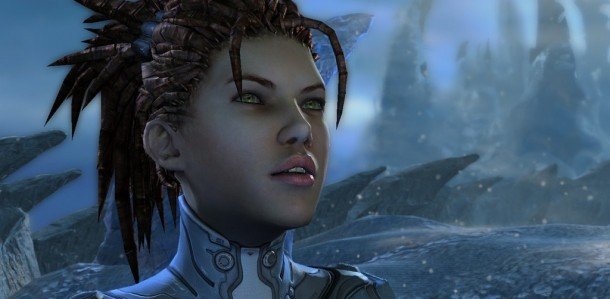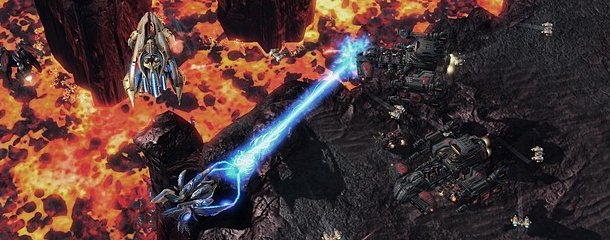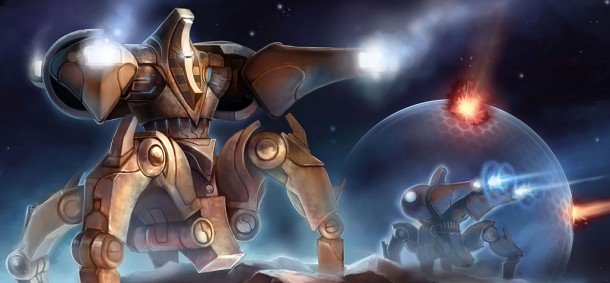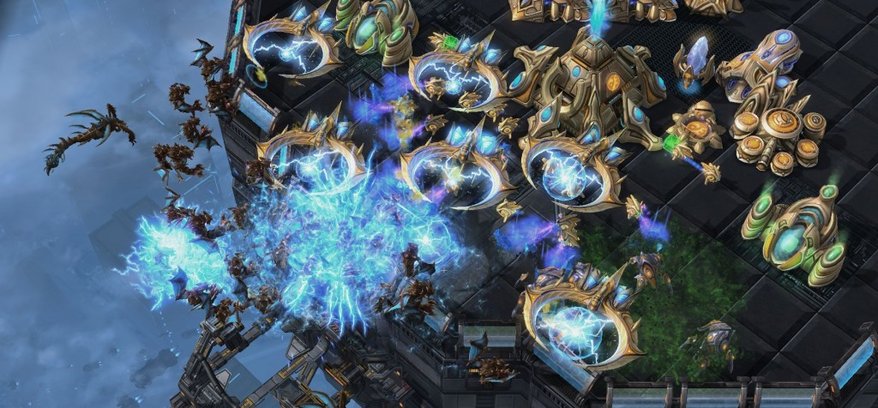
Blizzard has been posting an ongoing series of StarCraft lore Q&As with Heart of the Swarm lead writer Brian Kindregan. They're up to seven entries now, and you can read the latest one here , which links to all previous editions. We've extracted some of the more interesting and less-known facts for those who may not have the same voracious appetite for setting fluff as a certain, unnamed contributor to this site.
The Queen of Blades and Sarah Kerrigan are not exactly the same.

Sarah Kerrigan became the Queen of Blades after she was captured by the Zerg swarm in the original StarCraft, and was freed from that state at the end of Wings of Liberty. In Blizzard's own words: "The Queen of Blades is essentially Sarah Kerrigan under the influence of some devastating forces: incredible power, a dominating level of psi energy, and the presence of Zerg mutagen from the cellular level up.
"To be clear, the Queen of Blades is not a separate entity that possessed Kerrigan. Kerrigan is (certainly in her mind) responsible for the terrible things she's done. She has immense guilt for those actions, but she was not completely in her "right mind" in Brood War."
The entire StarCraft franchise takes place in one corner of a much larger galaxy.

It's easy to play through the StarCraft campaigns and lose track of this fact. The "Terran" we've come to know are the descendants of colonists to the largely backwater Koprulu Sector. We were reminded of this in Brood War when the United Earth Directorate—the "main" Terran government—showed up to cause trouble. That being said, the Koprulu sector does seem to be where most of the galaxy's important action is taking place. But it still makes you wonder... what else is out there?
Mutalisks can fly in space by eating too much Taco Bell.

The Zerg swarm's organic aerial harassment specialists, the mutalisks, are shown flying through space in several game cutscenes, and seem to function normally on maps that take place in a vacuum. Blizzard's explanation?
"Basically, mutas produce a gas that pushes against their own mass as it's excreted. Even in a vacuum, this causes propulsion, because the gas is pushing against the muta as it's expelled. Maneuvering is difficult for a muta, but it can release the gas in a range of directions.
"When mutas are in an atmosphere, they simply use their wings. The gas is reserved for space travel."
The biggest gaming news, reviews and hardware deals
Keep up to date with the most important stories and the best deals, as picked by the PC Gamer team.
Len Hafer is a freelancer and lifelong PC gamer with a specialty in strategy, RPGs, horror, and survival games. A chance encounter with Warcraft 2: Tides of Darkness changed her life forever. Today, her favorites include the grand strategy games from Paradox Interactive like Crusader Kings and Europa Universalis, and thought-provoking, story-rich RPGs like Persona 5 and Disco Elysium. She also loves history, hiking in the mountains of Colorado, and heavy metal music.

